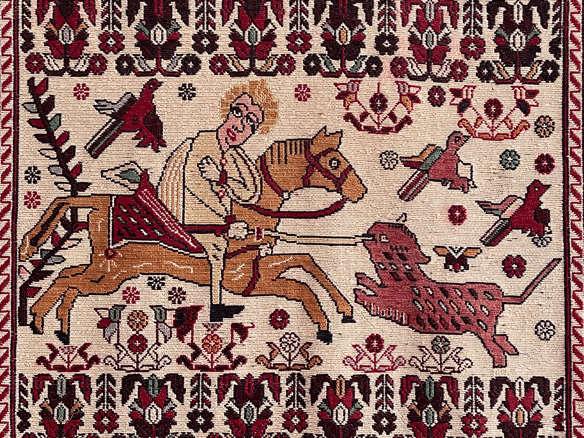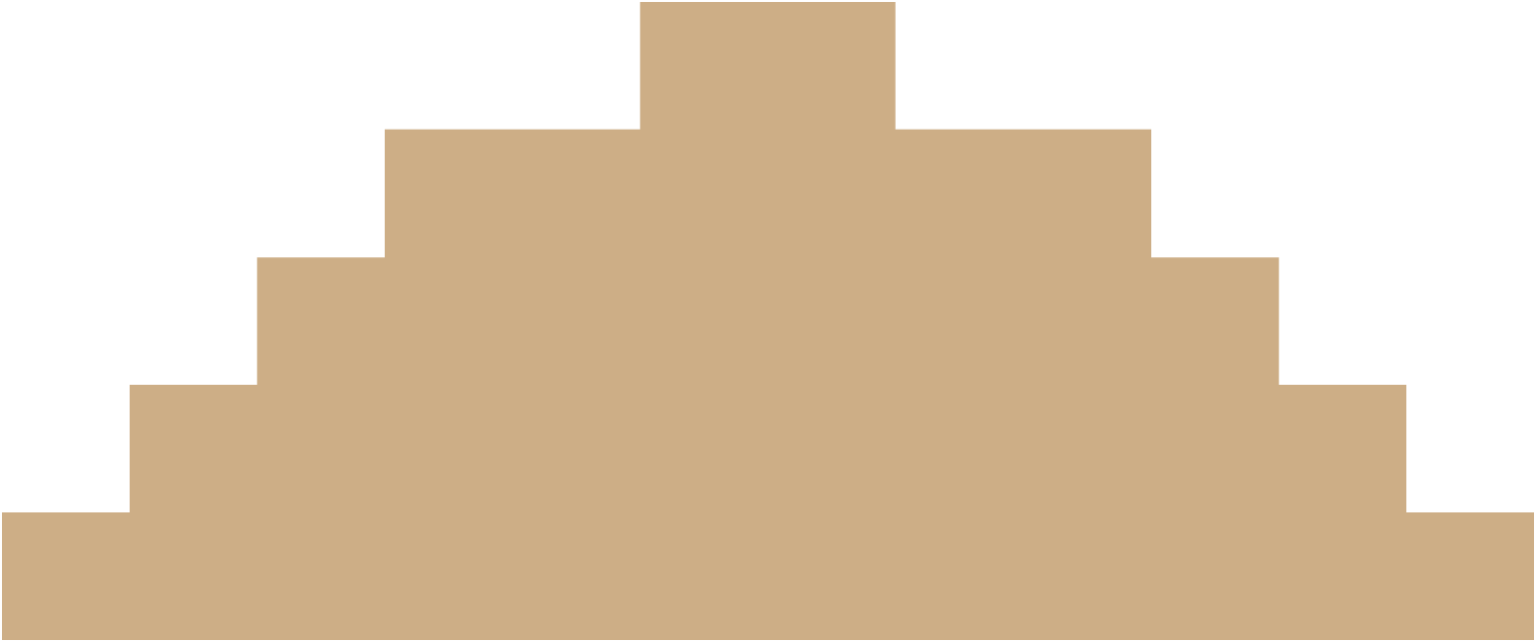The name of Iran, among many other things, is tied to rug and carpet. These products have followed the country’s name and heritage for more than 2,500 years. Myth and history prove the presence of carpets and carpet weaving in Iran for a very long time. This everlasting presence has had its effects on the art of weaving carpets, different materials, diverse designs, and national interest and growth in producing something that is rightfully considered as art is also the footstone of the Persian lifestyle.
We will provide the following topics as a guide:
- Different types of carpets in Iran
- Qashqai carpet
- Qom Carpet
- Carpet of Hamedan
Different types of carpets in Iran
Qashqai carpet
Qashqai nomads are found in Fars province in southwestern Iran and live in Fars, Khuzestan, south of Isfahan and most of the suburbs of Shiraz. Twice a year, they migrate from their winter pastures near the Persian Gulf to their summer pastures in the foothills of the Zagros Mountains, which are much colder and vice versa.
As they migrate, men with traditional round hats and their dogs can be seen running after their herds of goats and sheep along dusty roads. Women in their colorful clothes are moving towards the lands of the new camp with the help of horses and donkeys. The tents in which they live are often made of goat hair.
The production of carpets, kilims, bags, rabbinic fabrics and other handmade decorative industries plays an important role in the life of nomads.
These rugs often have a typical red-brown background color. The pattern of these carpets is tied to the history and monuments of this people and includes medal designs that are located in the center of the carpet and these designs are repeated in the four corners of the carpet. Roles of humans, four-legged animals, birds, trees and flowers are the most popular elements of these designs.
The rest of the designs are taken from the frescoes and columns in Persepolis (Persepolis), the official capital of Iran during the Achaemenid period (330-550 BC). Nomads are also known for the texture of beautiful bags and baskets that are produced for more practical reasons.
These carpets are woven on horizontal machines and the weavers sit on the semi-woven carpet during the weaving process. The semi-nomads who live there at this time of year also weave carpets in the same way. One of the most well-woven and special carpets is known as Kashkloli carpet. Gabbeh as a rough and primitive nomadic carpet indicates this area.
In recent decades, hand-woven carpet weavers have been forced to satisfy Western demands and have begun to use brighter, larger backgrounds with fewer designs in Gabbeh weaving. Well-woven Qashqai carpets are very beautiful and durable products that say a lot about the living conditions of nomads. This carpet is made entirely of sheep and goat wool and some horse hair and is known as Qashqai carpet.
Most Qashqai tribes today live in cities and villages. Therefore, their carpets have been more and more directly affected by the needs of the market. Compared to the carpets of other nomadic tribes, these carpets have a coarser and rougher texture and are made of linen. The simpler carpets of this region are sold under the name of Shiraz carpet. Shiraz is in fact the capital of Fars province and in its markets, Qashqai carpets are sold.
Markets are also places where nomads procure other products that they may use in their daily lives.
Qashqai carpets include a hexagon or diamond-shaped design with four hook images inside a diagonal diamond. Some Qashqai carpets have the Habatlu design (Habatlu is the name of one of the smaller tribes of the Qashqai tribe). And it includes circular medals in the center of the carpet and the same design is repeated in a smaller way in the four corners of the carpet.
Linen is sometimes used in the texture of Qashqai kilims to create a light shade. They often have simple designs and their threads end at the longitudinal edge of the carpet.
The two tribes that are famous for the texture of their kilims are the Amla tribe and the Shuri Valley tribe.
Qom Carpet
The city of Qom is located near a dried-up river, 150 km south of Tehran. Qom is the second most important holy city in Iran and is an important seminary for educating students widely. The sister of the eighth Imam of the Shiites is buried in a magnificent tomb in this city.
Carpet production in this place began in the early twentieth century. Qomi carpets are known for the high quality of their weavers and their fibers, which are made of silk or wool. They are often produced with high knot density and have a variety of designs that have been borrowed from different parts of Iran. Sometimes some of the details of the carpet are woven from silk. Also, weaving all-silk carpets is common in this city, which is known as Qom silk.
Garden designs, medal designs as well as shapes and designs of animals and plants are often seen in Qom carpets. Today, carpets are woven in other areas, which are also known as Qom carpets.
Carpet of Hamedan
The city of Hamedan is located 300 km west of Tehran, in the western regions of Iran. It is one of the oldest cities in the world and is referred to in the Christian Bible as Ekbatana. The city is a commercial center for carpets woven by hundreds of people from surrounding towns and villages. The best examples of these carpets are sold under their own name (areas in which they are woven) such as Nahavand, Tuyserkan, Malayer and Hosseinabad. Simpler carpets are sold under the general name of Hamedan.
It should be noted that they are recognizable by their traditional patterns and sizes. The patterns of these rugs are very diverse and the rugs are available with medal patterns as well as similar and repetitive patterns. Among individual patterns, the most common design is the Herati design.
The blue, indigo and red colors range with subtle differences in the dominant color of these carpets. Older carpets in Hamedan can be very attractive products. In the city of Hamedan, carpets of much higher quality were produced. These carpets were called carpet weavers (weavers) and are similar in structure to Bijar carpets. But they are rarely found in the market today.
These carpets are woven from shiny yarns, which are often dyed with natural colors, which makes this surface of these carpets very durable and has very beautiful colors. It is common today that these carpets are woven from a thread and a cotton weft. The designs of these carpets are mostly geometric shapes, but sometimes floral designs are also woven. The design and materials of these carpets can be very different in terms of quality.
Older carpets (before 1920) were woven from woolen threads and were different from modern carpets woven from cotton. Newer carpets (after 1960) often have synthetic colors and are woven from lower quality wool than older carpets. The most common sizes of these carpets are double and a half (approximately 200 x 120 cm and 150 x 100).
In general, it can be said that Hamedan carpets are good and widely used carpets. Examples of Hamedan carpets are Borchali, Anjlas, Hosseinabad, Lilian, Khamseh, Zanjan and Malayer. These carpets are sold in the market under the name of Hamedan carpets.
Carpets have represented Iran at different times and different levels throughout history, and they still do. But also, they can be considered as a representation of the Persian culture; enduring, artistic, valuable, and carrying a long history on their shoulders. Visit our site for more information and buying guide.
source : www.sermeh.net by Akram.


